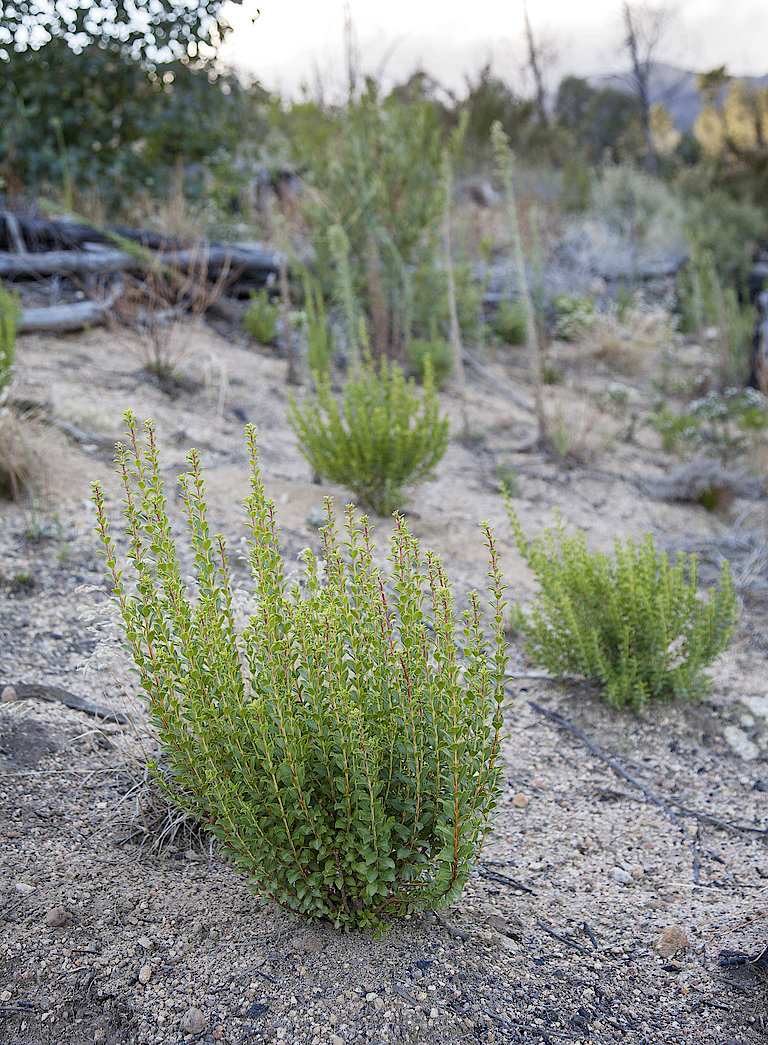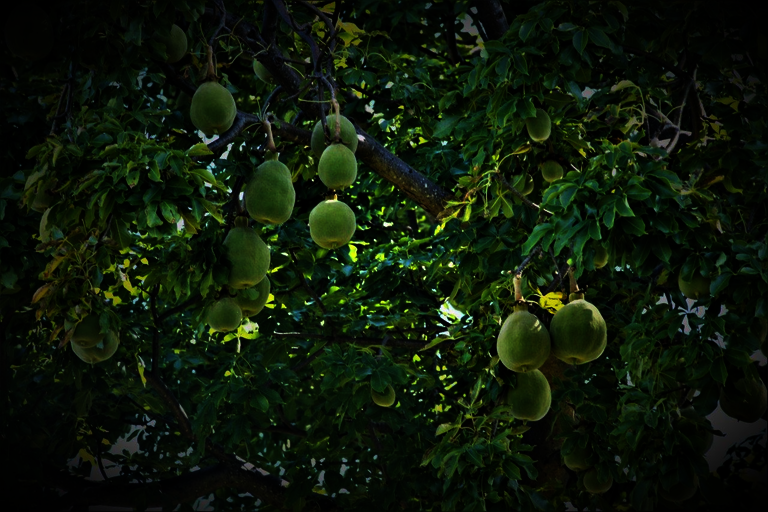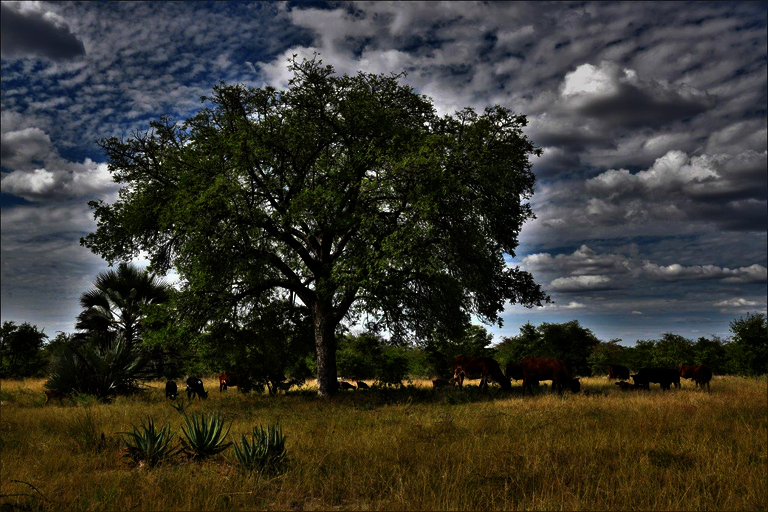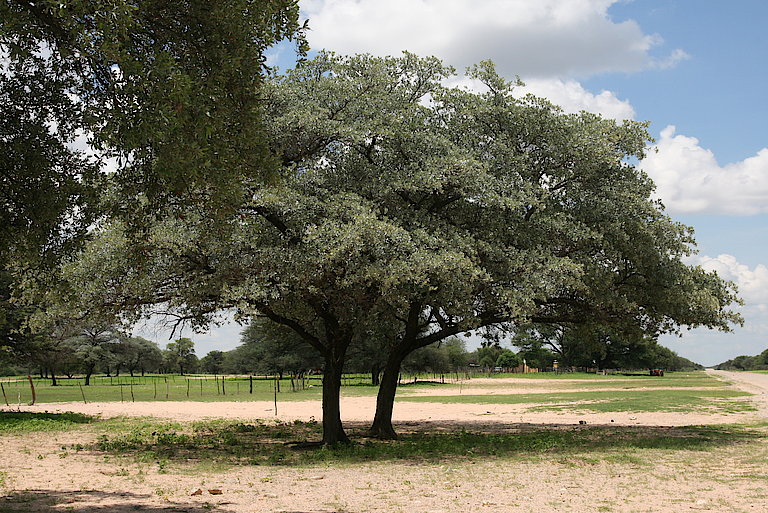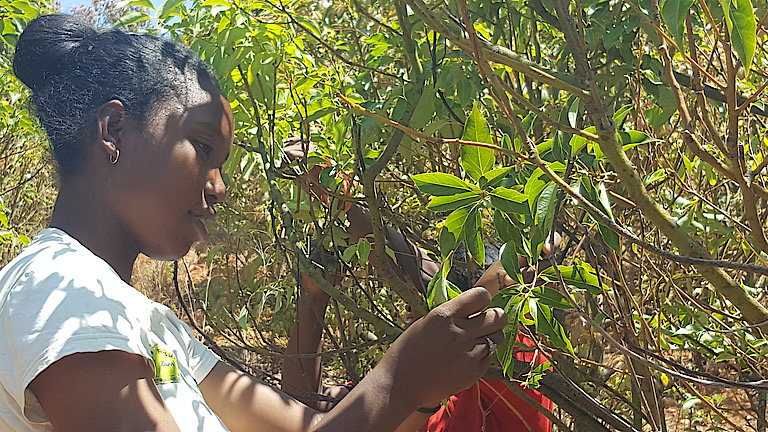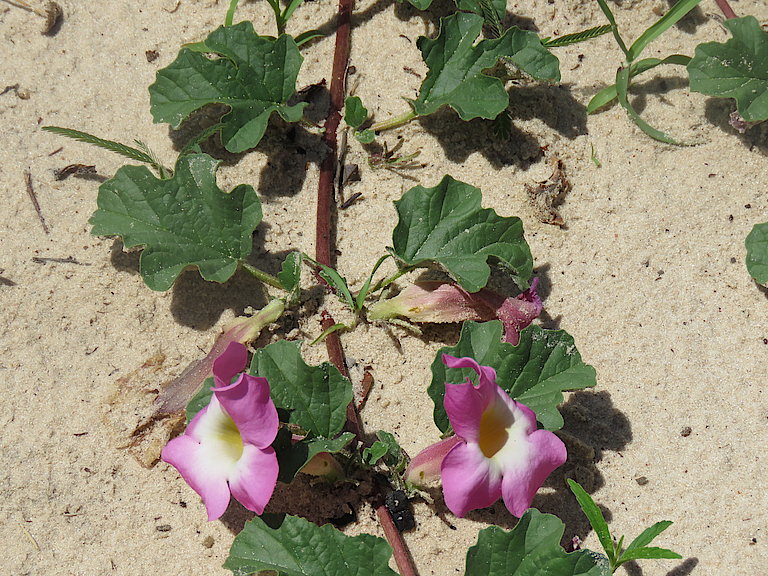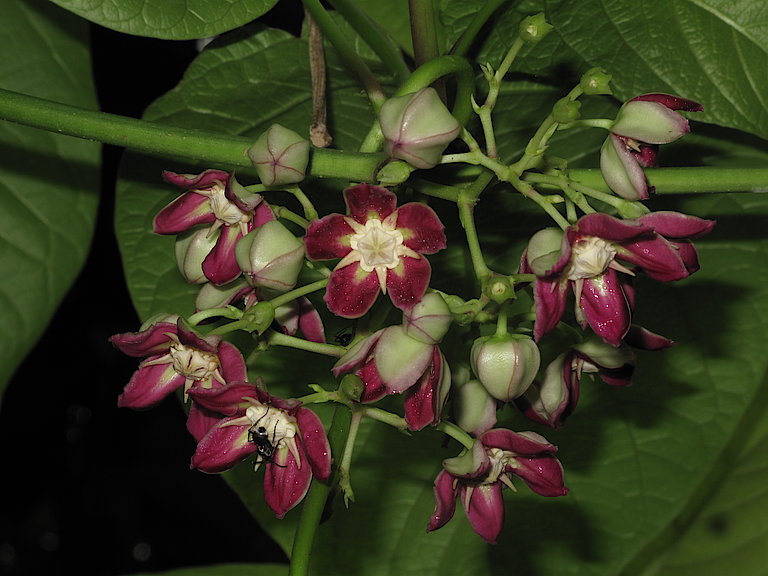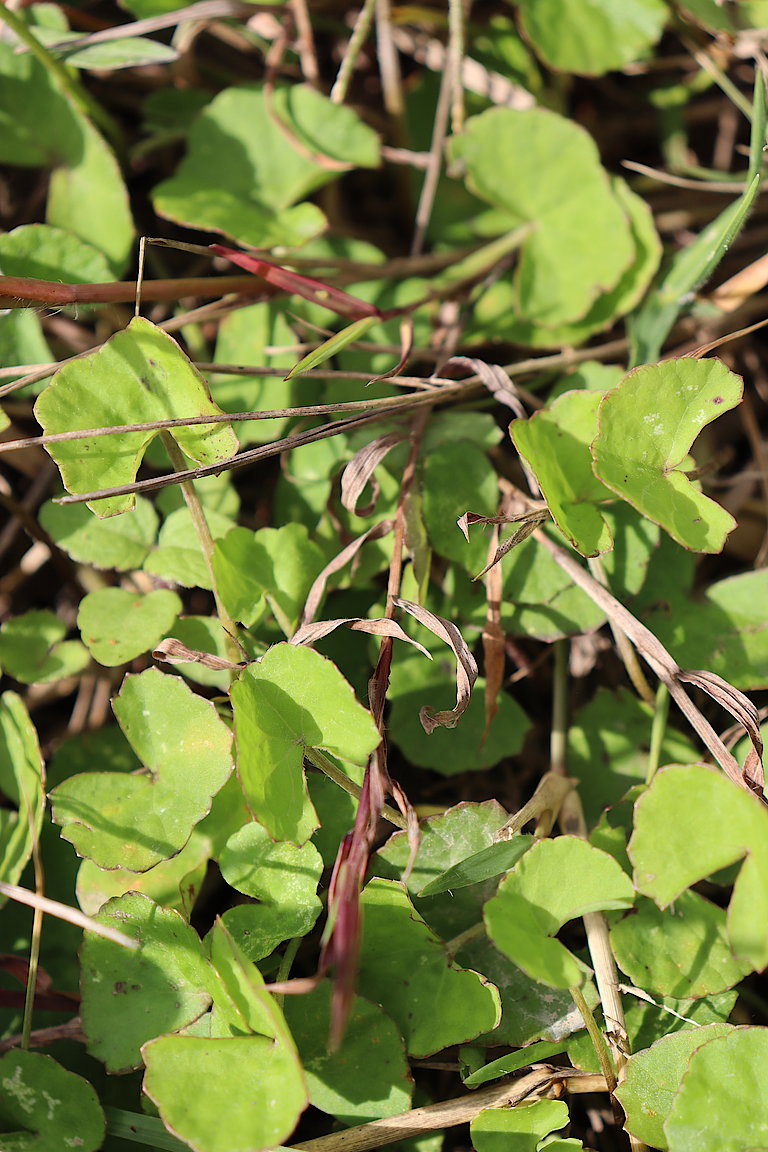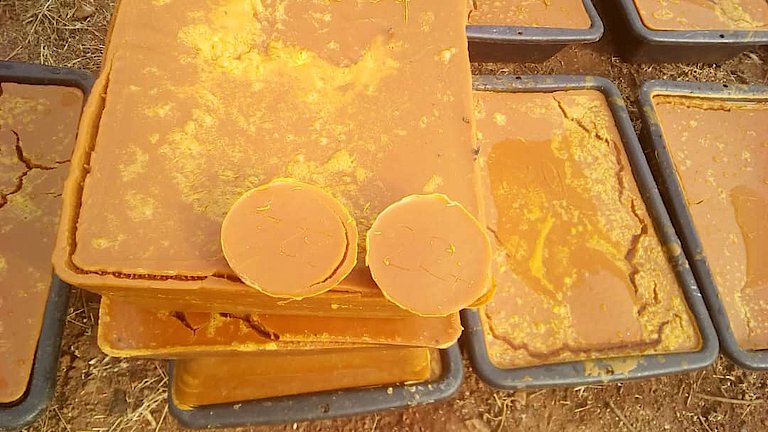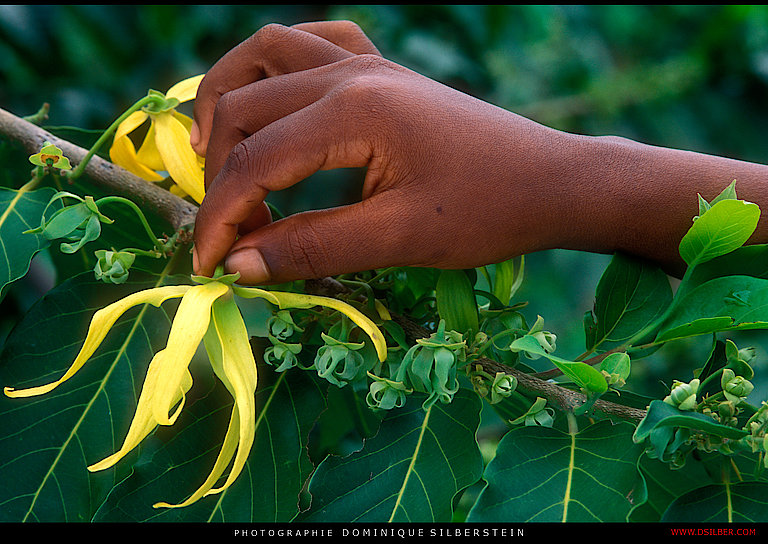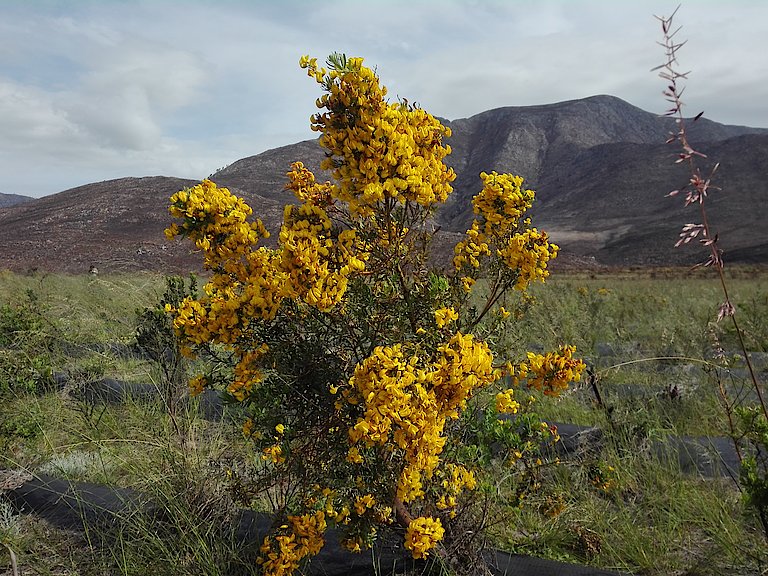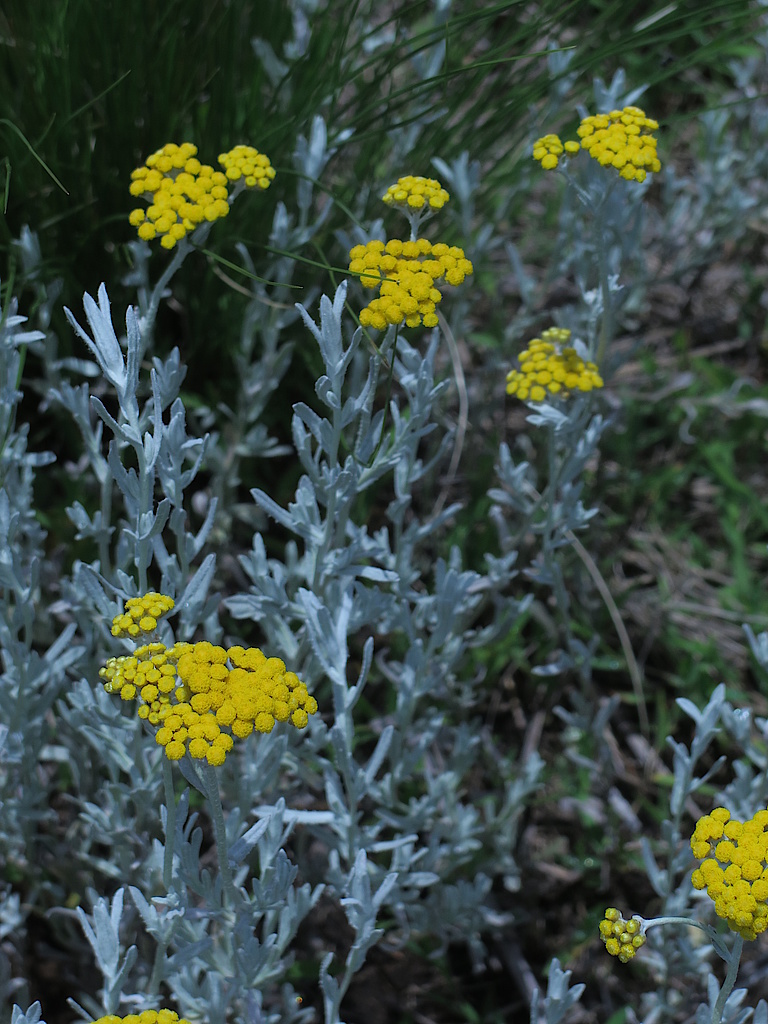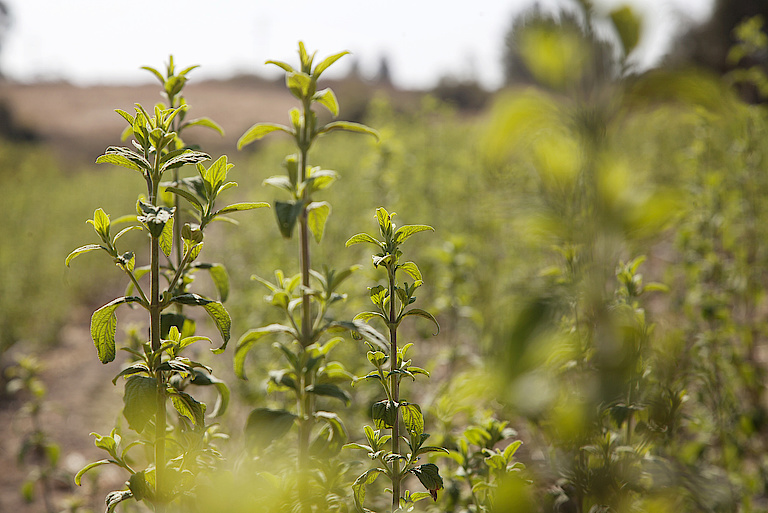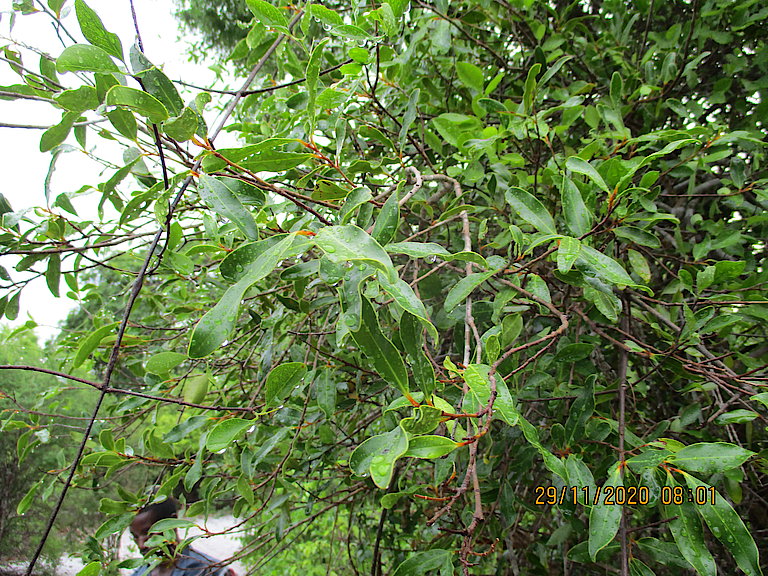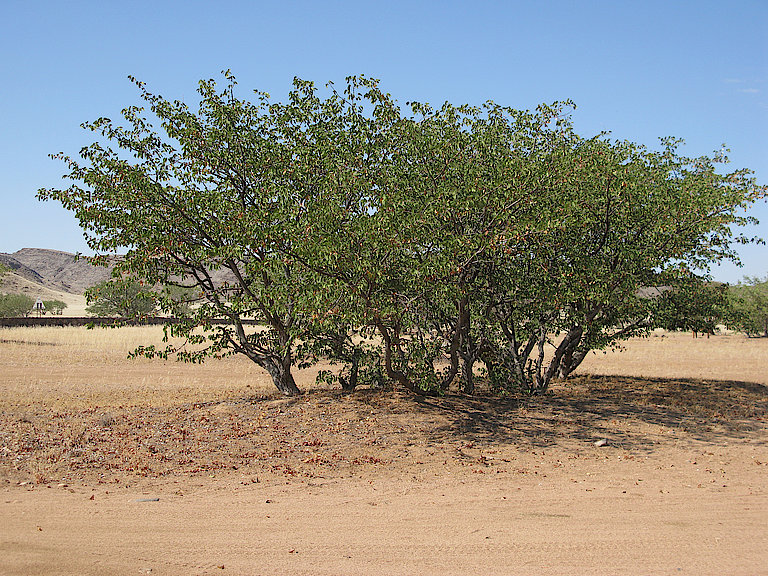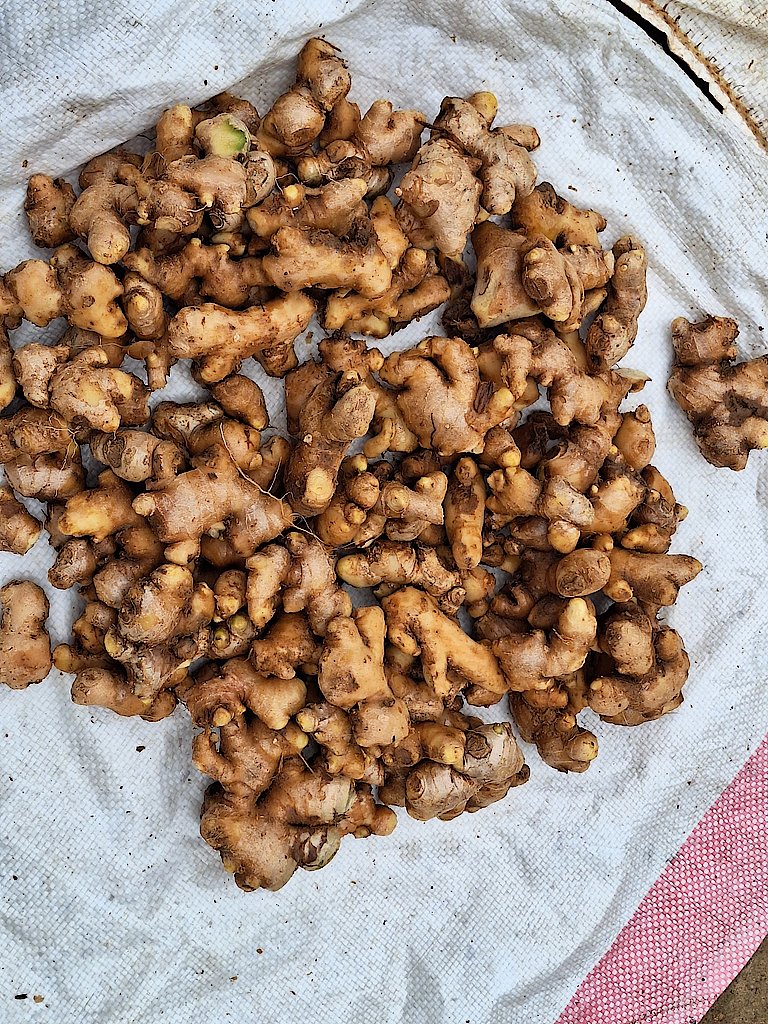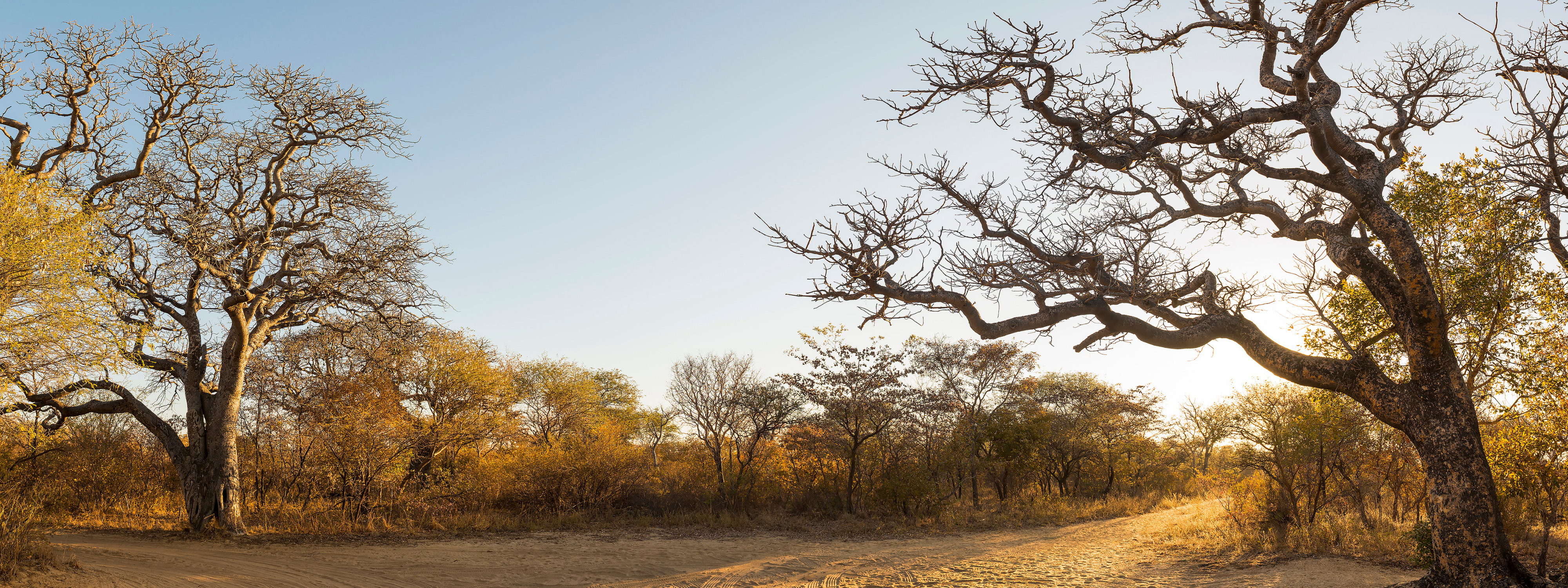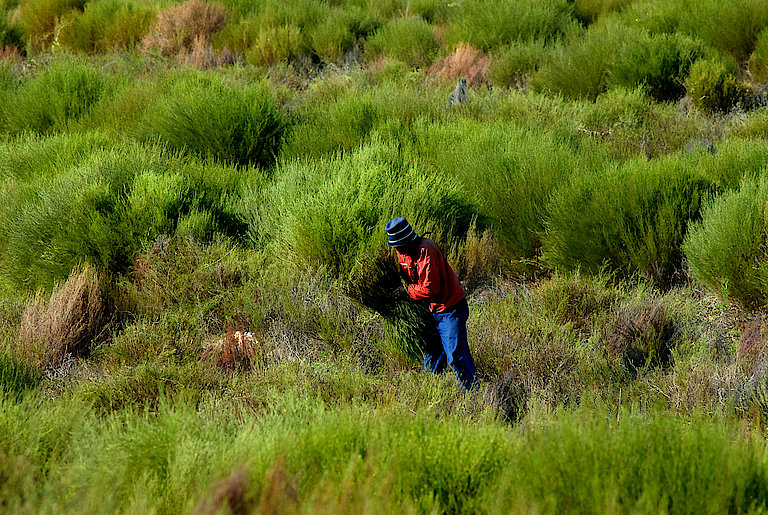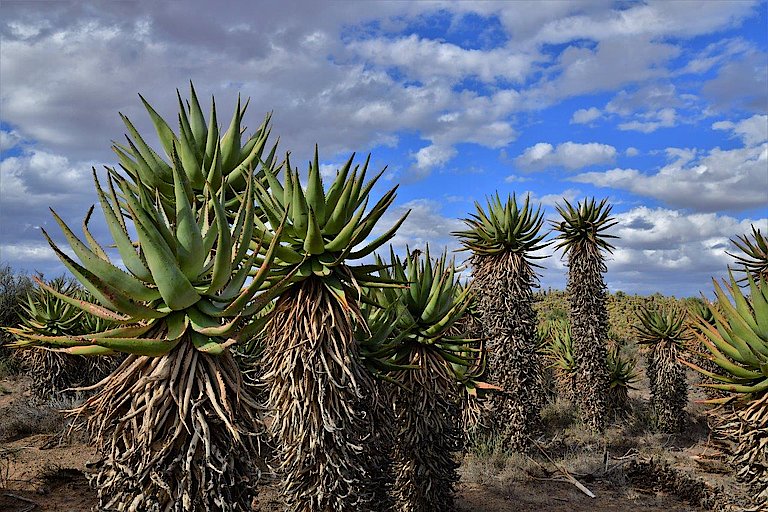About Buchu
Buchu is a small flowering shrub endemic to dry mountainous regions in the Western Cape of South Africa. It was originally used for cultural and medicinal purposes by the indigenous Khoi and San people, later becoming a South African folk remedy in the form of Buchu brandy. The flavour and fragrance of Buchu is unique, and oil from its leaves is highly valued by the food, fragrance, cosmetics and health industries. Buchu teas, capsules, health drinks and lotions are today found in retail outlets.
Growth of more than 10% is projected from 725 tonnes of fresh leaf in 2020/21 to more than 800 tonnes in 2024/25. Permanent jobs should increase from 320 to 360 and seasonal jobs from 160 to 190. Historically collected from the wild, Buchu is now cultivated in the Cederberg, Piketberg, Paarl and Wellington regions.
Biodiversity regulations, based on international agreements such as the Nagoya Protocol, ensure the rights of indigenous peoples over their traditional knowledge is respected. Companies trading in Buchu and using it for research and product development need permits and benefit-sharing agreements.
Conservation
Conservation and sustainable use are priorities for the Buchu sector. Buchu in the wild has been heavily impacted by illegal wild harvesting and is threatened by mountain fires, so the industry promotes cultivation to avoid depletion of wild resources.
Agathosma betulina and Agathosma crenulata, the two species most widely used by industry, are managed under legislation such as the National Environmental Management Act and the Nature Conservation Ordinance, which regulate which companies require permits to trade, operate and conduct research and product development.
The Buchu Association has set up a task team to support the activities of Cape Nature in monitoring and preventing the illegal harvesting of wild Buchu.
Developing the Buchu sector
The Buchu Association is an industry body working to promote, protect and support the growth of a sustainable and inclusive sector which creates value and embraces global market opportunities. The association promotes the interest of the Buchu sector and represents it in strategically important discussions about national and international regulations. As part of its sector development activities it is:
- pursuing registration of a Geographical Indication for Buchu leaf and essential oil at national and EU level
- leading benefit-sharing negotiations with the National Khoi and San Council (NKC) and the SA San Council (SASC), and industry-wide agreements
- working to streamline access and benefit-sharing compliance for the broader industry
- collating research on health claims and functionality of Buchu, and developing a future research strategy and priorities
- undertaking collective marketing and promotion on behalf of the Buchu sector
The Buchu Association is open to people and organisations involved in the processing of Buchu, as well as brands and research organisations. Membership provides access to industry data and opportunities to guide the growth of the sector. The association supports biotrade & bioprospecting permit applications and is a liaison between government and the industry.
For more information about Buchu and the Buchu Association
Website of the Buchu Association
Contact: Marthane Swart, The Buchu Association Secretariat:
